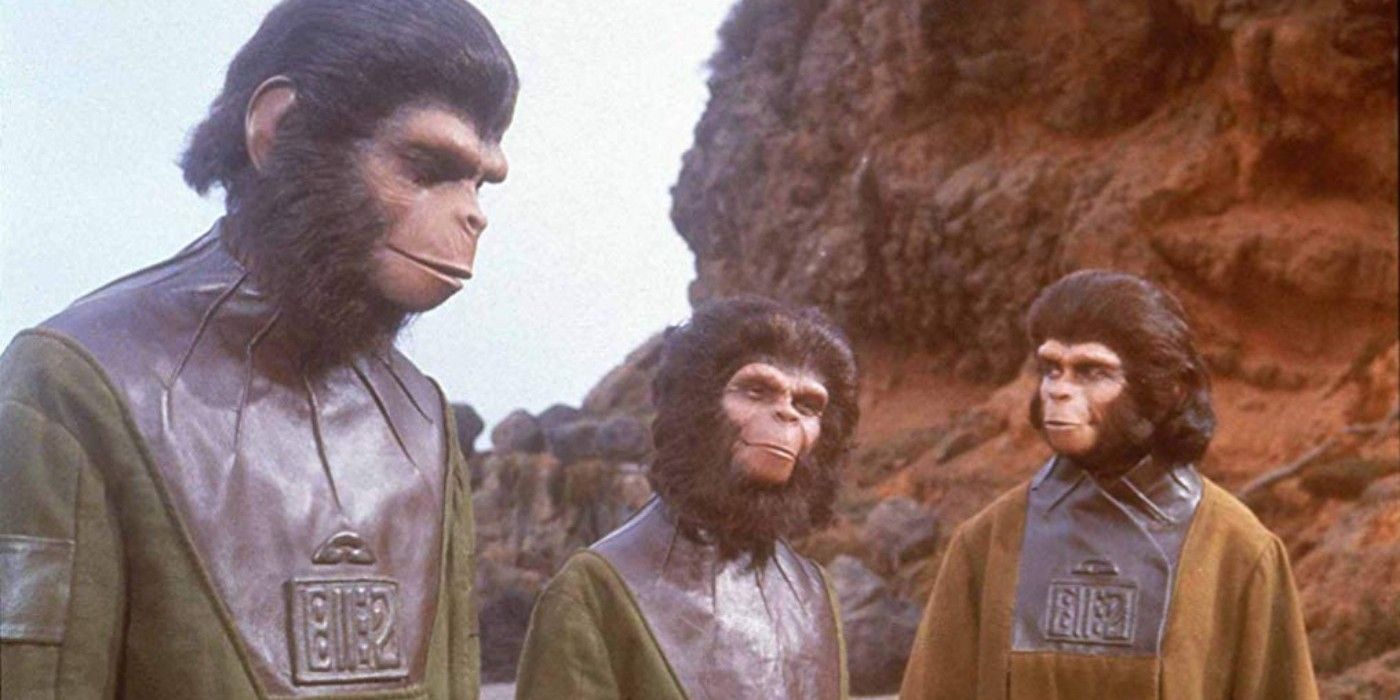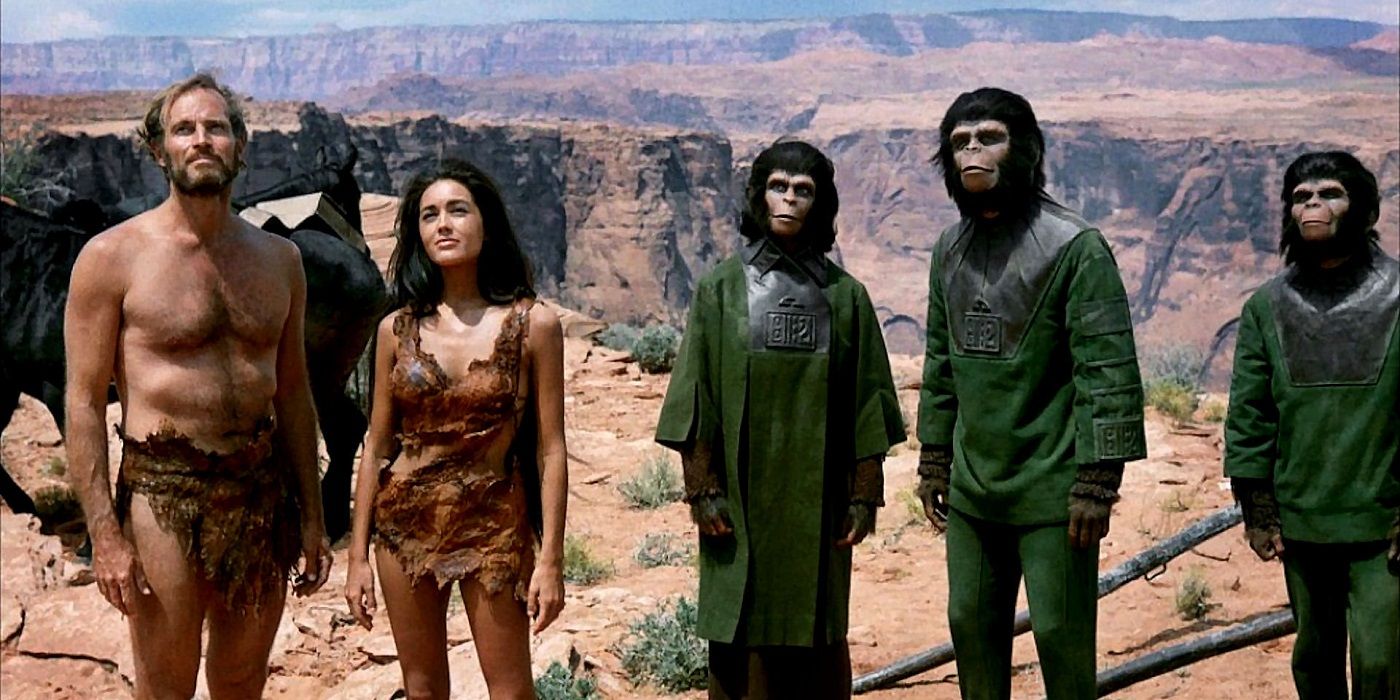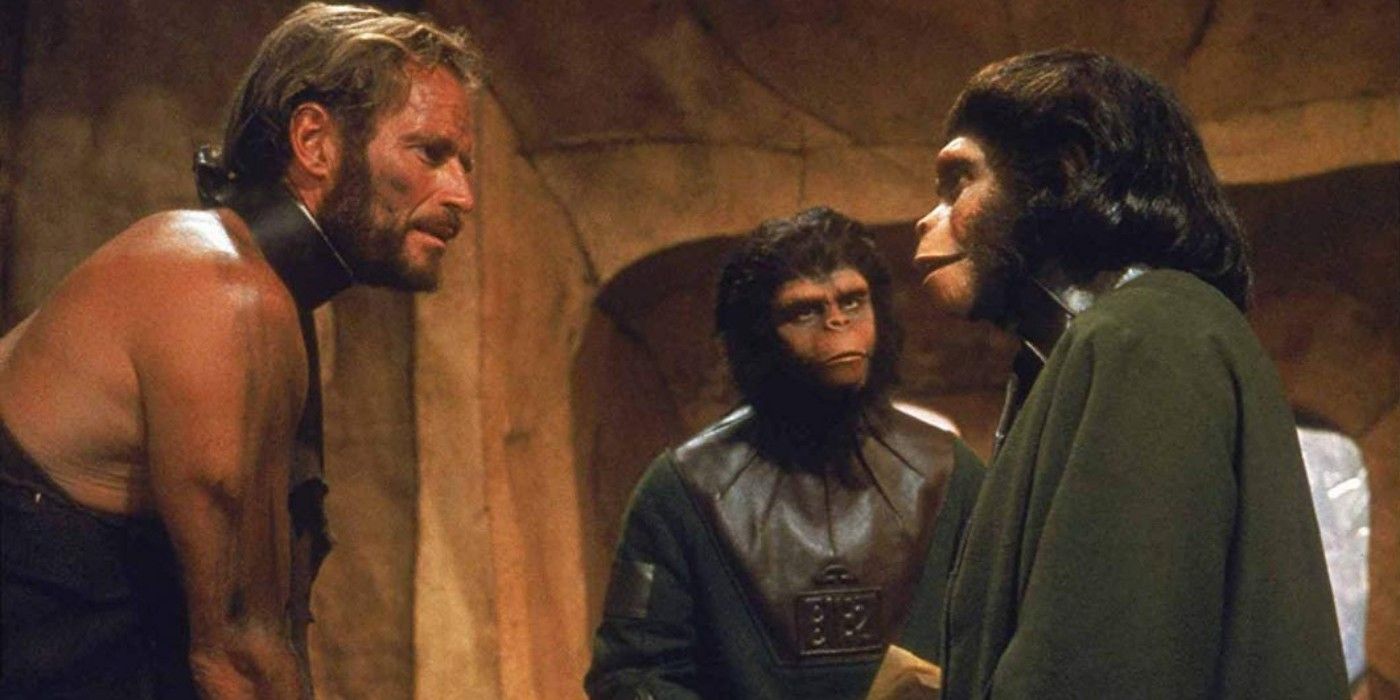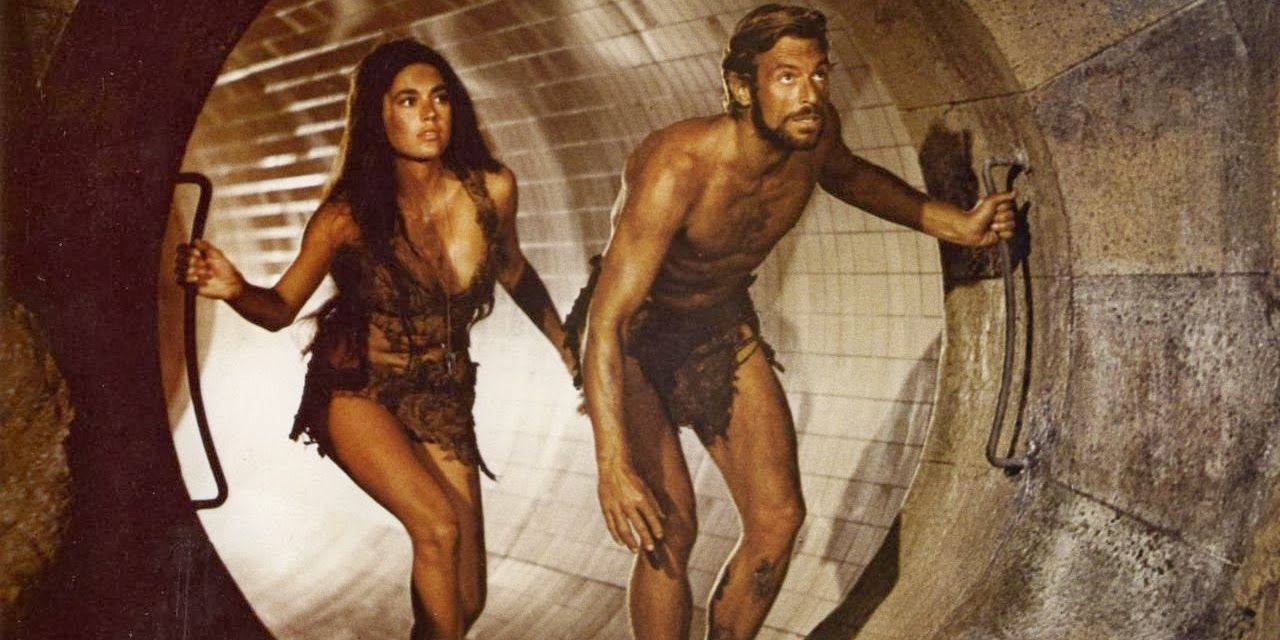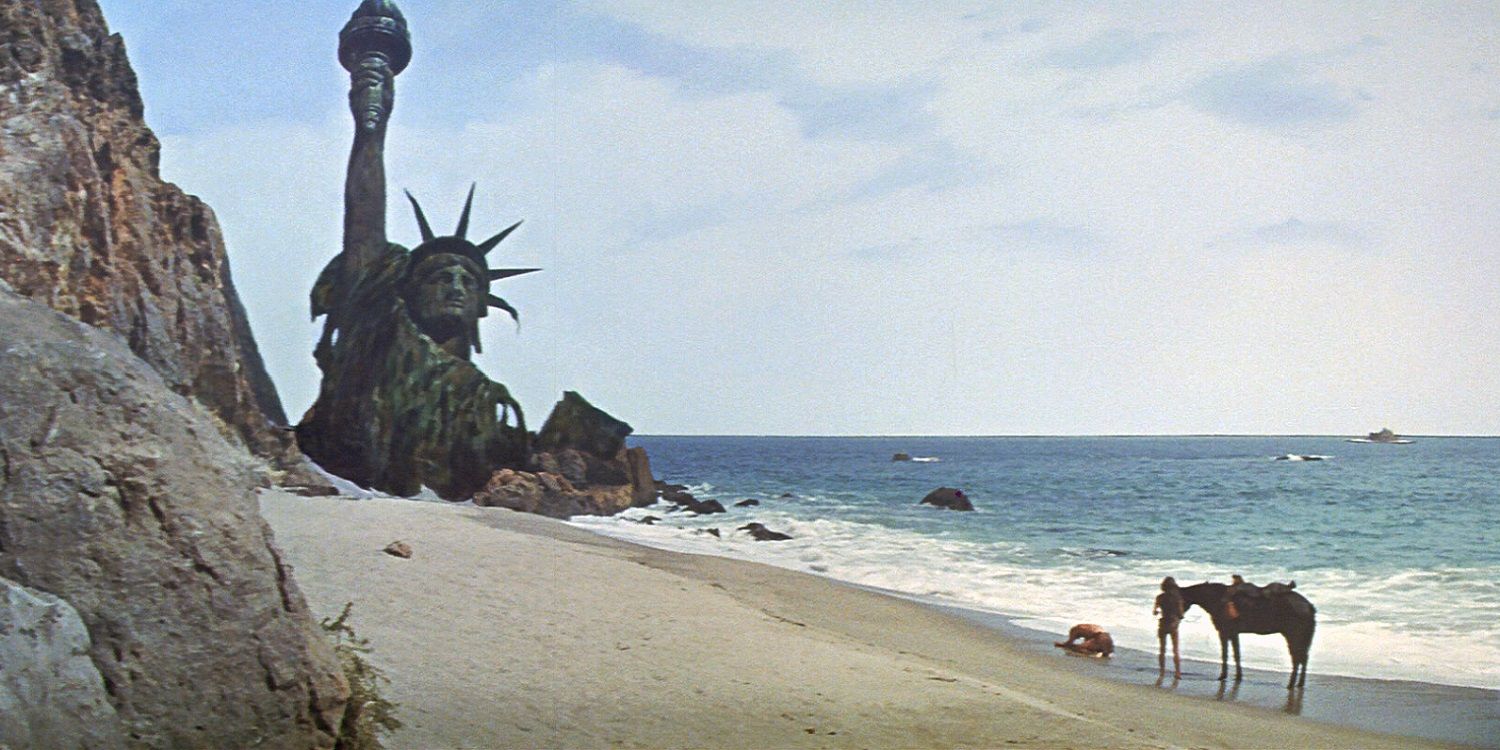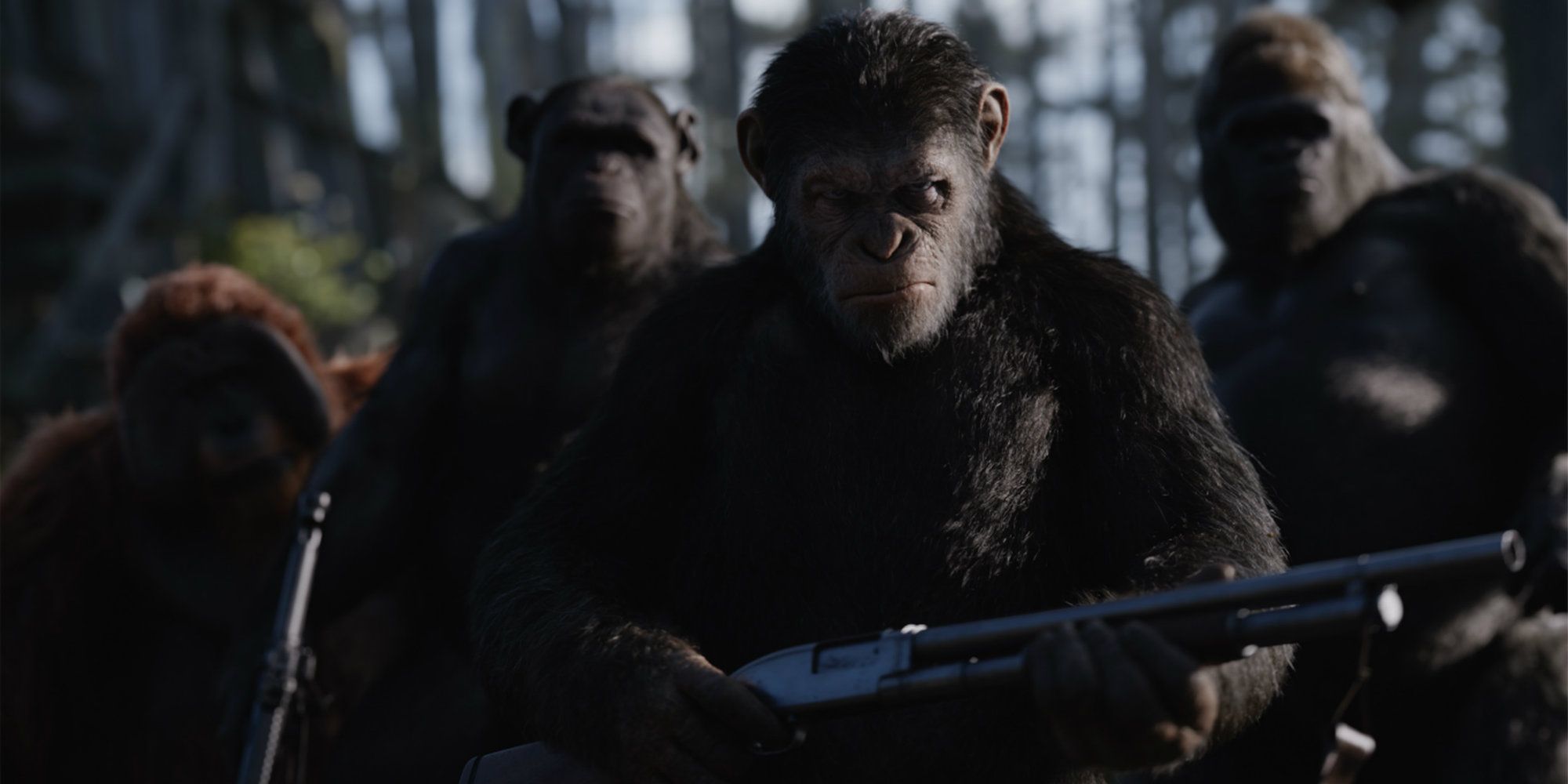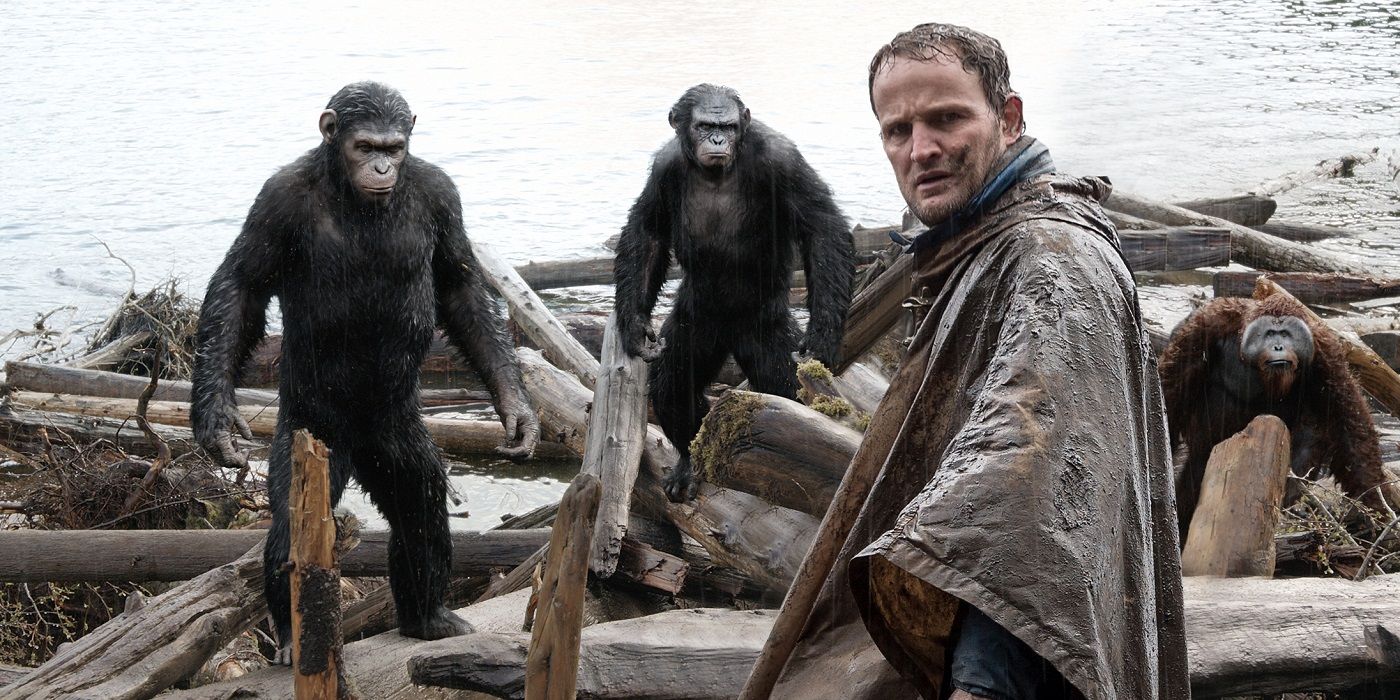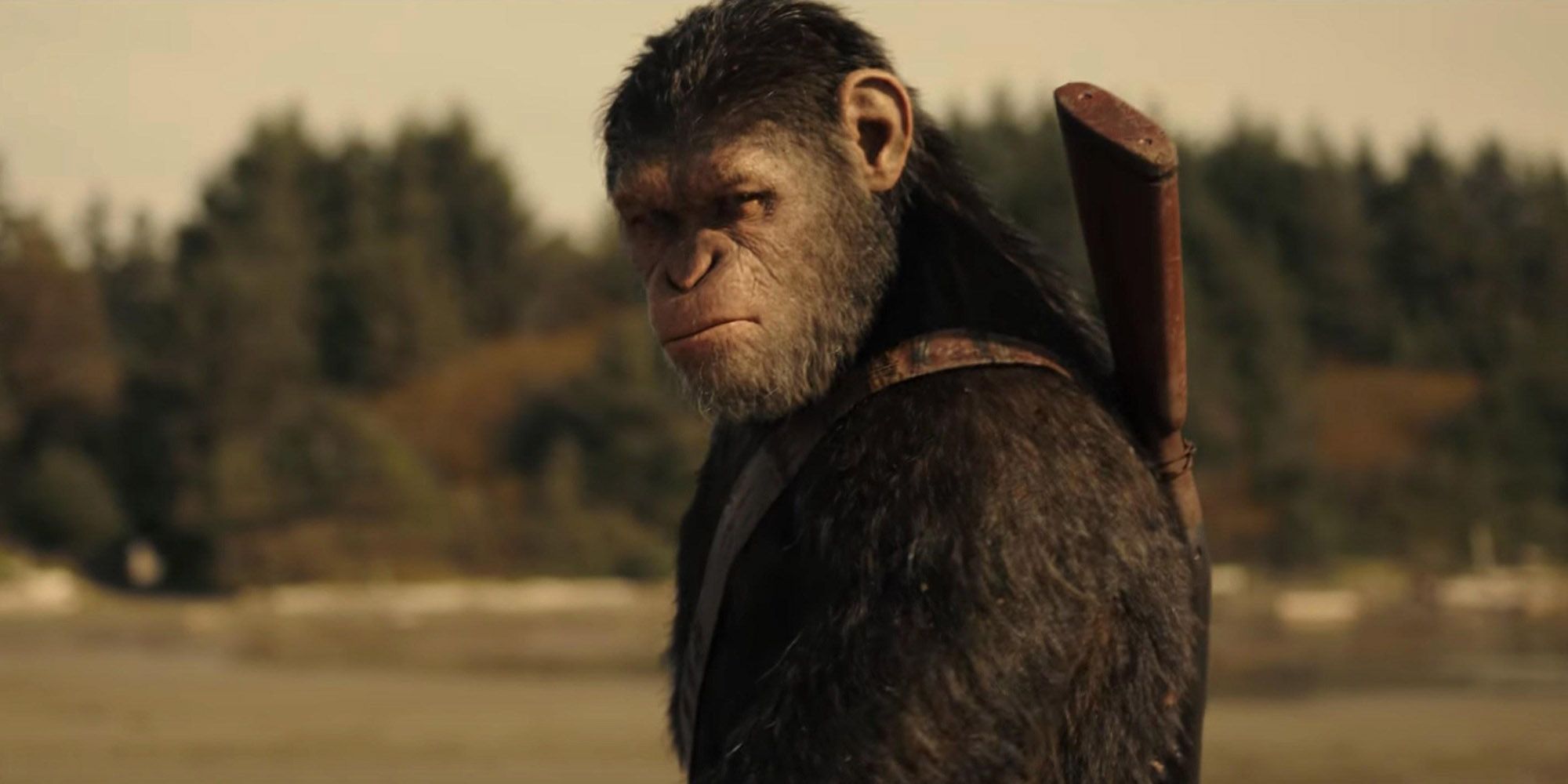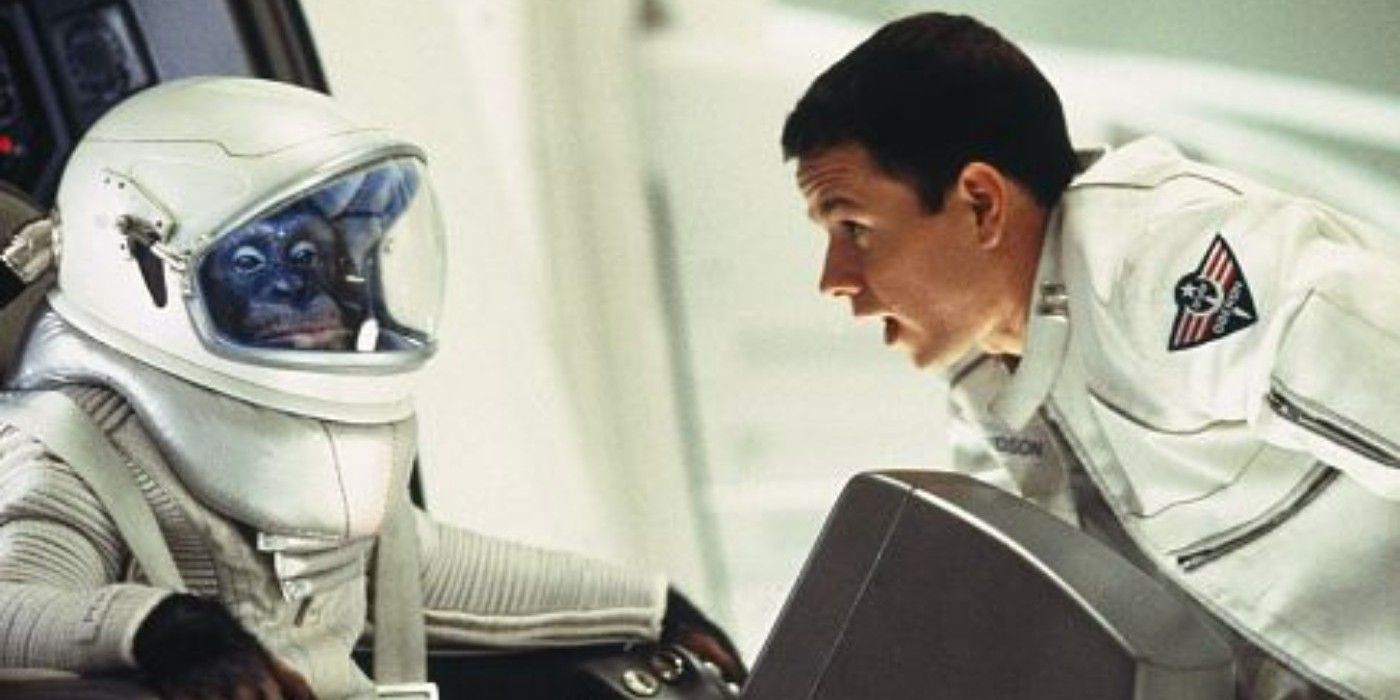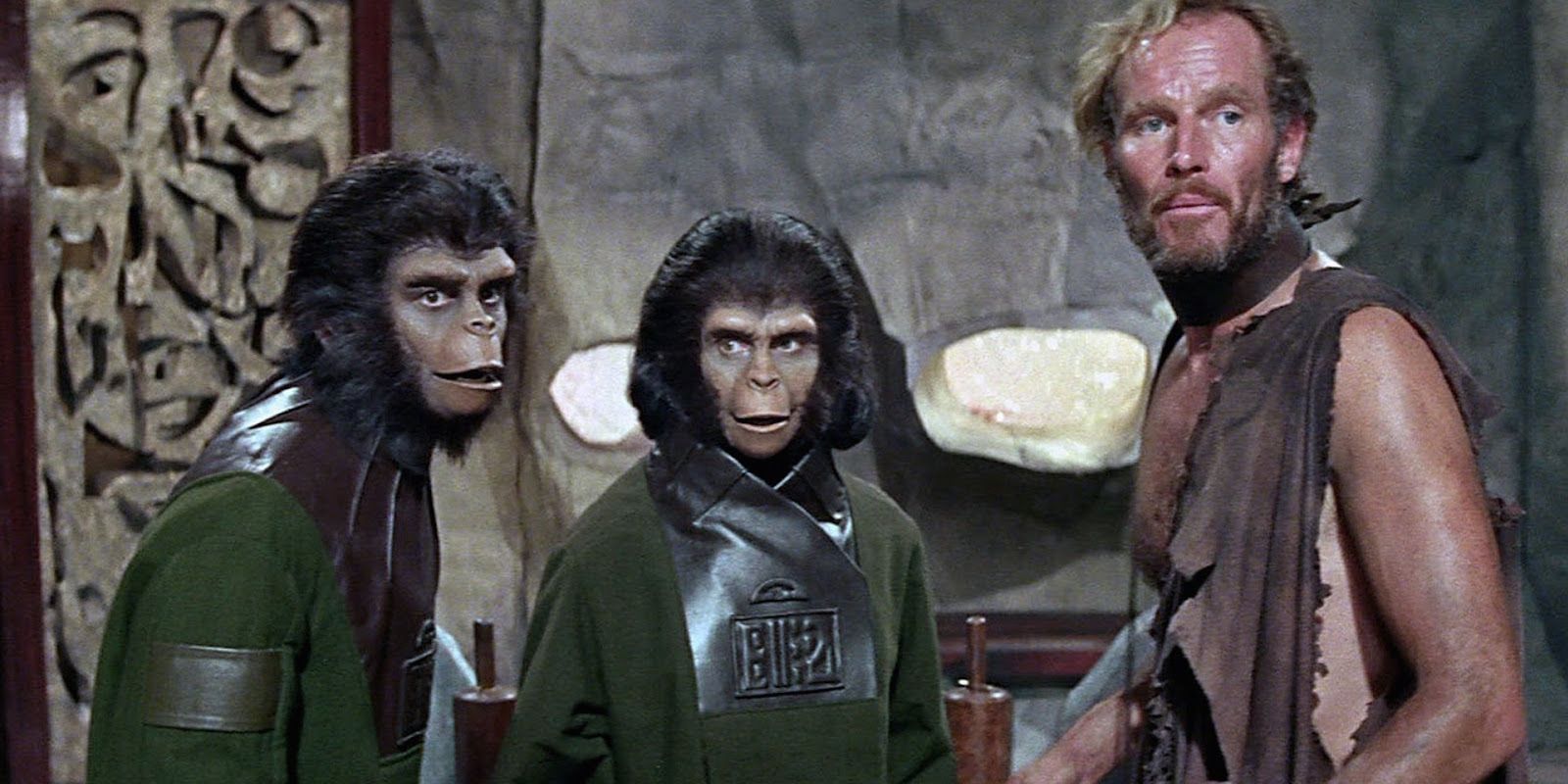After acquiring 21st Century Fox earlier this year, Disney is eager to get its money’s worth by rebooting pretty much every franchise it now has the rights to: Alien, X-Men, Home Alone, Night at the Museum, Fantastic Four, Diary of a Wimpy Kid, the list goes on. One title that has come up again and again in these discussions is Planet of the Apes. Matt Reeves pretty much nailed the last Planet of the Apes reboot, but that was The Dark Knight trilogy version of Planet of the Apes — it was one director’s unique take on that concept. There’s still room for Disney to find a new angle on it. Here are 10 Things The Planet Of The Apes Reboot Needs.
Updated social commentary
Like Star Trek, The Twilight Zone, and other sci-fi franchises that got their start in the ‘60s, Planet of the Apes has always been marked by its social commentary. In the original, that commentary focused on racial tensions, America’s attitude towards immigration, and above all, fears of nuclear annihilation. We’re now living in an age where, rather than fearing nuclear war, humanity is rapidly driving itself into extinction and the powerful people who can take measures to prevent our self-imposed apocalypse are turning a blind eye. There’s an opportunity for some searing commentary on this social change in a Planet of the Apes reboot.
Distant future setting
The past three Planet of the Apes films have shaken up the formula with a contemporary setting. Rise of the Planet of the Apes was set in our world, showing how corporate-funded scientific experiments began to give primates the ability to speak, and as a result, revolt against the humans. Dawn and War showed the steps that revolution took towards taking over the world. It was an interesting angle for that trilogy. But for the reboot, we should return to the distant future. The escapism of a far-off futuristic environment was always part of the fun of the original series.
Apes forcing humans to fight as gladiators
In the ‘80s, during the earliest development stages of what would become Tim Burton’s 2001 Planet of the Apes remake, a new Planet of the Apes movie was conceived to be an alternative sequel to the 1968 original. A script was written that took inspiration from Spartacus, which would’ve imagined the apes in the Roman phase of their empirical civilization.
One great concept that could stem from this is the idea that apes force their human slaves to fight as gladiators for their entertainment, just like the Romans did. With modern CGI technologies, this could lead to a breathtaking cinematic set piece.
Showing how the Statue of Liberty ended up on a beach
The most iconic image in the Planet of the Apes franchise will always be the Statue of Liberty laid out on a beach. It was the sight that signified to Taylor that he was on Earth the whole time. The destruction of the Statue of Liberty shouldn’t be a major part of the reboot in the way that the Kessel Run was the climax of Solo: A Star Wars Story, because Easter eggs, by their nature, aren’t strong enough to be plot points. But if it’s just that, an Easter egg, and the Statue of Liberty ending up on a beach is a passing moment, it could be very fun fan service, and re-establish the series’ continuity.
Represent actual ape culture
In Matt Reeves’ Planet of the Apes movies, we saw Caesar develop relationships with other apes like a human would in human culture. He met a woman, married her, and they had a child. He spends the movies talking about protecting his wife. But that’s unrepresentative of ape culture. They don’t have wives or husbands. Most primates — gorillas and chimps, for example; two species that are featured heavily in the Planet of the Apes franchise — are polygamous. Surely it would be more interesting to explore poly relationships to accentuate the humans and apes’ differences than to have yet another generic family man.
Characters we actually care about
The main problem faced by Planet of the Apes movies is not having characters that the audience cares about. The only character in the recent trilogy that audiences even remember is Caesar. The characters played by Gary Oldman and Woody Harrelson were generic, faceless villains who wanted the annihilation of apes for no real reason, while Jason Clarke played a Rick Grimes clone, a grizzled, conflicted family man who grew out a beard and led his group of survivors through the post-apocalyptic world. The new Planet of the Apes reboot will need to give us characters like Taylor and Cornelius that actually mean something to us.
Don’t get bogged down in political details
The Planet of the Apes movies have always been political — they’re a commentary on a dominant culture’s fear of a multicultural world — and they should always have political overtones. However, those overtones should serve the theme of the story. A problem that a lot of Planet of the Apes movies suffer from is that they get bogged down in political debates about the trivial details of running a government. (Tim Burton’s 2001 remake was particularly guilty of this.) Political satire should be hidden on the thematic fringes of the Planet of the Apes reboot, with the focus on the characters and their motivations.
Astronauts returning to Earth
The foundations of the Planet of the Apes franchise are built on astronauts returning to Earth and finding it unrecognizable from the place they left. That’s an ominous and existential notion that there wasn’t the technology or time to truly explore in the 1968 original film. The reboot should bring back the premise of astronauts leaving the world behind and coming back to it to find it overrun by talking apes.
Maybe this movie can differentiate itself by having the astronauts be aware that the planet they’re landing on is Earth. This will make the threat more immediate, because they realize they’re all alone against a force that has already wiped out most of humankind. And let’s face it, we all know it’s Earth anyway.
A more classic look for the apes
The original Planet of the Apes movies became iconic for their incredible makeup and costume design. Although we could tell that the apes were just people wearing masks, there was an eerie vibe to them that made them an unsettling presence. The recent trilogy gave us realistic-looking apes through motion-capture performances, but that didn’t feel quite right, because despite their realistic appearance, they were still talking in articulate sentences. The reboot should distinguish itself visually by finding a way to make the cartoonish original look of the apes feel as realistic as the motion-capture ones, while maintaining the classic look of the series. (The MCU has nailed this balance of the classic cartoonish look with a real-world visual edge.)
Fresh twists
By now we all know that the titular ape-invested planet is really a future version of Earth that has been taken over by evolved primates. There’s no way to make that twist as shocking as it was in 1968, no matter how much Tim Burton tried with an ape in place on Honest Abe on the Lincoln Memorial and apes in police uniforms riding down paved streets on motorcycles. Having said that, the plot twist was the main draw of the original Planet of the Apes film. The reboot needs some kind of shocking turn of events, just not the same one as the original.

